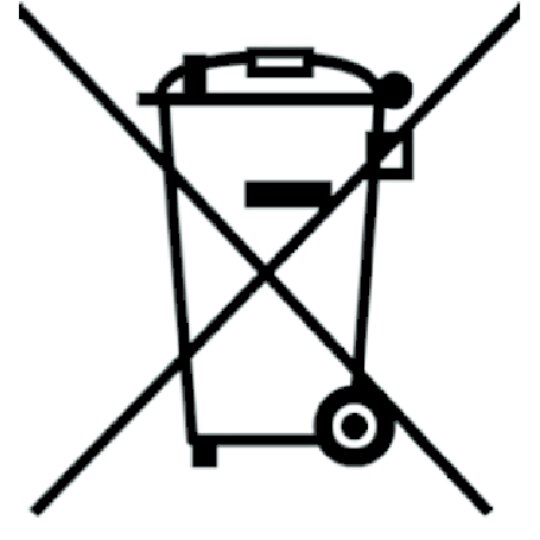MENU
GB | GBP
GB | GBP
No results found
Search Suggestions
Disposal in the United Kingdom - Compliance with regards to UKCA regulatory requirements
Electrical and electronic equipment (EEE) is regulated to reduce the amount of waste regarding EEE. EEE producers must help to protect the environment and human health.
Reduction is achieved through various measures in terms of recovery, reuse and recycling of products and components.
For the United Kingdom (UK) 'The Waste Electrical and Electronic Equipment Regulations 2013 (as amended)' is the underpinning UK legislation.
Exempted products from this regulations are:
Excluded products from this regulations are:
EEE is defined as follows:
Information on the disposal of Electrical and Electronic Equipment in the United Kingdom:
Within the United Kingdom, the disposal of Electrical and Electronic Equipment (EEE) is regulated by national regulations based on Waste Electrical and Electronic Equipment Regulations 2013 (as amended) applicable for EEE.
According to this regulation, any devices put on the market after August 13, 2005, in the business-to-business sphere, to which this product is assigned, may no longer be disposed of in municipal or domestic waste.
They are marked with the following symbol to indicate this:
Reduction is achieved through various measures in terms of recovery, reuse and recycling of products and components.
For the United Kingdom (UK) 'The Waste Electrical and Electronic Equipment Regulations 2013 (as amended)' is the underpinning UK legislation.
Exempted products from this regulations are:
- Items that protect the country’s security such as arms, munitions, and items only for military use.
- A piece of equipment that is designed for and installed in another type of equipment – they can only function within that product, for example a built-in satellite navigation system installed into cars, boats or aeroplanes.
- Filament bulbs apart from LED filament bulbs which are not exempt.
Excluded products from this regulations are:
- Equipment designed to be sent into space.
- Large scale stationary industrial tools.
- Large scale fixed installations.
- Transport for persons or goods, excluding electric 2 wheeled vehicles which are not type-approved.
- Off-road mobile machinery only for professional use.
- Equipment designed only for research and development use and only available via business to business (B2B).
- Implantable medical devices.
- Medical devices that are expected to be infective at end-of-life.
EEE is defined as follows:
- which is dependent on electric currents or electromagnetic fields to work properly.
- for generating, transferring and measuring these currents and fields.
- designed for use with a voltage rating 1,000 volts or less for alternating current, and 1,500 volts or less for direct current.
- petrol lawn mowers,
- gas stoves.
Information on the disposal of Electrical and Electronic Equipment in the United Kingdom:
Within the United Kingdom, the disposal of Electrical and Electronic Equipment (EEE) is regulated by national regulations based on Waste Electrical and Electronic Equipment Regulations 2013 (as amended) applicable for EEE.
According to this regulation, any devices put on the market after August 13, 2005, in the business-to-business sphere, to which this product is assigned, may no longer be disposed of in municipal or domestic waste.
They are marked with the following symbol to indicate this:
Read more
Read less

As the disposal regulations may differ from one country to another, please contact your supplier for more information.
Read more
Read less
